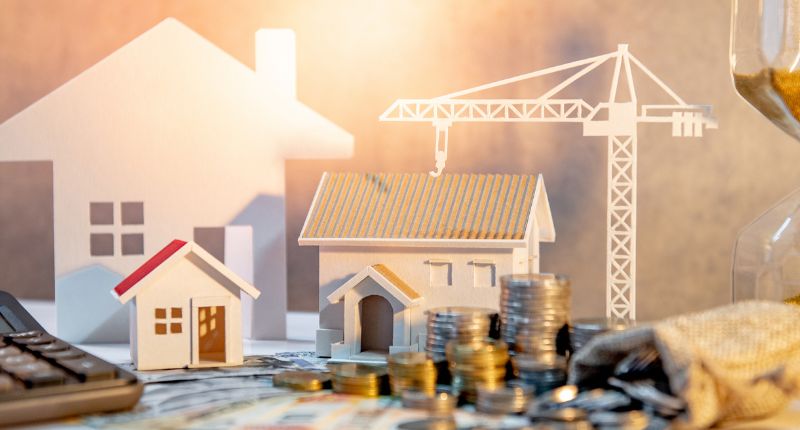
- Inflation nearing peak, but little change expected till 2025.
- High demand and low investor activity to impact pipeline of housing supply.
- Beachside holiday homes at bargain prices, and luxury homes on high demand.
As we move towards the end of a year characterised by housing shortages, spiralling home and rental prices, and rapidly ascending interest rates, many Australians have been left wondering what 2024 has in store for us.
Here are several predictions provided by Ray White chief economist, Nerida Conisbee.
Mortgage owners must ‘survive until 2025’
Inflation remains stable but is starting to fall. This makes another rate hike possible in 2024, but for now, inflation looks like it has peaked or is close.
Though this may sound like good news for mortgage holders, it is unlikely that a rate cut is on the cards till late 2024 or early 2025.
Prices will climb
Housing supply remains depressed across the nation, and home buyers are moving away from the new home market into the established market.
Rent increases are driving first-home buyers into the market, while robust population growth places further demand-side pressures. Affordability for both home buyers and renters will be the policy focus in 2024.
National weekly asking property prices
Particularly in Perth, the rising interest rate hikes have had little effect on prices, intensified by its strong population growth and housing shortage. With interest rates nearing their peak, prices will continue to increase.
Perth weekly asking property prices
Homes will become more sustainable
Besides the urge to be more environmentally responsible, two key elements fuel the popularity of green homes.
The first is the escalating cost of energy. Green homes are more energy efficient, with solar and batteries allowing one to save money when using household appliances like air conditioning, heaters, and pool pumps.
The second reason is that green homes are safer in general. As we head into summer, homes that are harder to cool down pose dangers to older adults and children. Additionally, cooking with gas can be harmful to one’s health.
Limited investor activity
Australian property investors provide 92% of the national rental pool. While build-to-rent has been proposed to diversify the pool of rental properties, this sector only accounts for less than 1% of Australia’s rental stock.
With government-provided rental properties having fallen steeply over the past 25 years, private investors have largely provided rentals, which will not change for the foreseeable future.
Investors are not very active presently due to the high-interest rate environment and hurdles to owning a rental property compared to other investments. Although this may improve slightly next year, rentals will remain scarce.
Rents will level off but remain high
Rents have spiralled rapidly since the middle of the COVID-19 pandemic. This trend was kicked off by various factors, including a desire to live alone, a dearth of new housing development, and the recovery of population growth.
National weekly asking rents
Household sizes are increasing again as Australians are moving into bigger households to save on rent. Thus, rents have started to stabilise. However, supply remains low, and new development takes time to come online.
National weekly rent listings
Furthermore, the lack of investor activity at present has constrained the supply of new rental properties coming to the market.
Solo living to rise
Long-term socio-demographic changes are leading to a growth in the number of people living alone. These factors include shifting lifestyle preferences, delayed marriage, and an ageing population.
Research has shown that, given the opportunity, people prefer to live alone. This was demonstrated during the COVID-19 pandemic when the nation witnessed a record increase in single-person households.
In turn, this pattern may induce more demand for smaller dwellings catering to individuals rather than families.
Beach houses are at a discount
Many beachside holiday destinations have recently seen a surge in listings and a subsequent price decrease. This was caused by pandemic-driven holiday home purchases returning to the market.
While owning a holiday home may have made sense during the pandemic, mounting interest rates, restrictions on short-term rental accommodations, and the resumption of international travel have made them less attractive.
Nevertheless, while the prices may be lower now, they are expected to rise again as housing shortages take hold of these highly prizes areas.
Boom anticipated in the luxury apartment sector
Traditionally seen as a place for younger individuals to live before buying a house, perceptions of units have been changing as of late.
More people elect to live in apartments for longer, even downsizing from larger homes. Consequently, demand for larger, better-quality developments is surging, with apartments more than double the price of the standard apartment coming to the market.
Fewer apartments are in the pipeline in the coming future, and population growth, together with the allure of Australia’s inner urban areas, will drive luxury apartment demand.







